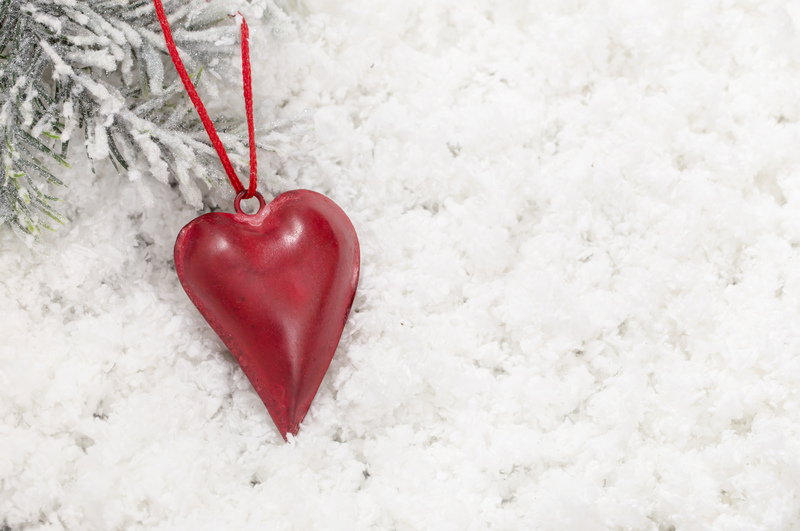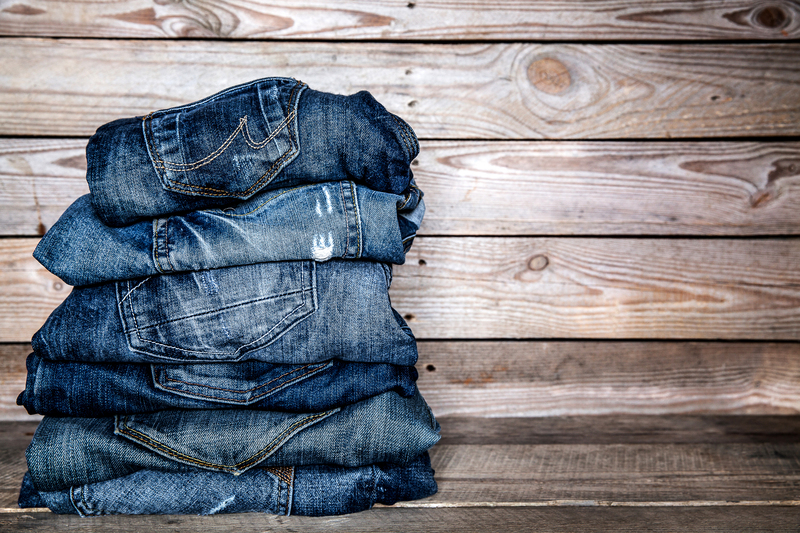Sustainable Methods for Getting Rid of Kitchen Cookware
The kitchen is the heart of any home, buzzing with delicious activity, but over the years, kitchen cookware can wear out, break, or be replaced. Often, homeowners are left wondering how to dispose of old pots, pans, bakeware, and utensils in an environmentally friendly way. Tossing cookware into the landfill contributes to burgeoning waste and environmental damage. Instead, there are sustainable methods for getting rid of kitchen cookware that benefit both the planet and local communities.
This comprehensive guide explores a variety of eco-friendly ways to handle outdated or unwanted kitchen tools, ranging from recycling and donating to creative reuse. Whether you have a single scratched-up non-stick pan or a whole collection of mismatched kitchen gear, these methods can help you declutter your home responsibly.
Why Sustainability Matters in Cookware Disposal
The issue of sustainable disposal of kitchenware is more pressing than ever. According to the EPA, Americans discard more than 12 million tons of furniture and furnishings, including cookware, each year. Metal cookware, such as stainless steel, aluminum, and cast iron, can take centuries to break down in landfills, releasing harmful substances in the process. Non-stick coatings add to environmental concerns due to the chemicals they contain.
By choosing eco-conscious kitchenware disposal options, you can:
- Reduce landfill waste and pollution
- Support local communities by donating usable items
- Save energy and raw materials by promoting recycling
- Inspire others to adopt sustainable habits

Top Sustainable Methods for Getting Rid of Kitchen Cookware
1. Recycling Metal Cookware Responsibly
Most pots, pans, and metal utensils can be recycled--if you do it the right way. Metal recycling helps reclaim valuable materials like stainless steel, aluminum, and copper. Here's how to give your metal kitchenware a new life:
- Check Local Recycling Programs: Not all curbside recycling accepts cookware. Contact your municipality or waste management company to ask if they accept metals like stainless steel pans or cast iron skillets. Some have special drop-off days for scrap metal.
- Scrap Yards: Even heavily worn or broken pans are valuable to scrap yards, as they melt down the metal. Remove any plastic handles or non-metal parts before taking them in.
- Remove Non-Metallic Components: Screws, wooden or plastic handles, and rubber parts should be separated from metal.
- Clean Thoroughly: Wash off grease or food residue to avoid contamination in the recycling process.
Remember, cookware with non-stick coatings such as Teflon, ceramic, or enamel may require special handling. Check with the recycling center for guidelines, as some facilities accept these items only if the coating is removed.
2. Donating Usable Cookware
If your cookware is still in good shape, donating kitchen supplies is one of the most sustainable options. Many organizations welcome gently used pots, pans, utensils, and bakeware:
- Charities and Shelters: Local shelters, community kitchens, and non-profits often accept donations to support those in need.
- Thrift Stores: National chains such as Goodwill and the Salvation Army, as well as local second-hand shops, resell cookware at affordable prices.
- Schools and Churches: Some institutions use donated cookware for food preparation classes or fundraising events.
- Community Groups: Online groups like Freecycle, Buy Nothing, and local Facebook pages can help connect your unused cookware to someone who needs it.
Before donating, make sure your items are clean and still safe for use. Avoid donating cookware with peeling non-stick coatings, deep rust, or unsafe parts.
3. Upcycling and Repurposing Old Cookware
Repurposing old kitchen items is a creative and sustainable method for getting rid of cookware. Even if pots and pans are no longer suitable for cooking, they can be transformed in surprising ways:
- Plant Pots and Garden Decor: Turn old colanders, pans, or kettles into quirky planters for herbs, flowers, or succulents.
- Wall Art or Racks: Hang decorative pans on the wall, or mount a row of sturdy utensils for a convenient kitchen rack.
- Storage Solutions: Use deep pots or mixing bowls for organizing small items in your garage, workshop, or craft room.
- Wind Chimes and Sculptures: Get creative with metal pieces. Kids love making art from pots, pans, and utensils!
With a little imagination, upcycled cookware can breathe new life into everyday spaces.
4. Selling or Swapping Unwanted Kitchenware
If you have high-quality or vintage cookware in good condition, consider selling or swapping before getting rid of it. Giving it a second life in someone else's kitchen is a win for both your wallet and the environment.
- Online Marketplaces: Websites like eBay, Facebook Marketplace, and Craigslist attract buyers looking for used cookware or unique vintage pieces.
- Garage Sales: A classic way to find new homes for your old pots and pans.
- Community Swaps: Many communities organize swap meets or kitchen item exchanges.
List items with clear photos and honest descriptions--especially if the cookware has minor flaws. This supports the circular economy and keeps usable items out of the landfill.
5. Specialized Disposal for Non-Stick and Glass Cookware
Certain cookware materials need extra care during disposal. Non-stick pans, ceramic bakeware, and pyrex glass do not belong in standard recycling bins. Here's what you can do:
- Manufacturer Take-Back Programs: Some brands, such as GreenPan, run return or recycling programs for their products.
- Household Hazardous Waste (HHW) Events: Many local authorities run special recycling days for items like Teflon pans and broken glass bakeware.
- Landfill as Last Resort: If no sustainable options exist locally, minimize impact by landfilling only as a final option, and look for ways to reduce waste in the future.
Best Practices for Eco-Friendly Kitchenware Disposal
Before parting with your cookware, follow these best practices for sustainable cookware disposal:
- Inspect for Reuse: Double-check if the item could serve a new purpose or be useful to someone else.
- Separate Materials: Remove any plastic, rubber, or wood components before recycling metal parts.
- Clean Thoroughly: Avoid contaminating recycling streams with food residue.
- Research Local Guidelines: Every municipality has different rules for recycling, donation, and hazardous waste disposal.
- Buy Quality in the Future: Invest in long-lasting, easily recyclable cookware to reduce waste over the long term.
Sustainable Brands and Cookware Recycling Initiatives
Certain companies are leading the way in circular economy initiatives through take-back and recycling programs for old cookware. Consider these options:
- GreenPan: Offers a recycling scheme for old pans, regardless of brand. Send in your used cookware, and they'll handle recycling in an eco-friendly way.
- Nordic Ware: Accepts returns of damaged bakeware in exchange for a discount on new items.
- Local Retailers: Some kitchenware stores operate recycling programs or charity partnerships for cookware drop-off.
If purchasing new cookware, choose products made from recycled materials or those easily recyclable at the end of their life.
How to Avoid Cookware Waste in the Future
Being proactive in your purchases can help avoid the issue of kitchenware waste down the road. Try these tips:
- Buy Heirloom Quality: Choose durable, repairable cookware made from materials such as cast iron or stainless steel.
- Minimize Single-Use Items: Opt for multipurpose tools instead of gadgets with one function.
- Maintain Your Equipment: Regular cleaning, seasoning (for cast iron), and proper storage extend the life of your cookware.
- Research Before You Buy: Look for trusted brands with sustainable practices and transparent supply chains.

FAQ: Sustainable Kitchen Cookware Disposal
What should I do with broken Teflon or ceramic pans?
Broken non-stick or ceramic pans are typically not accepted at regular recycling centers. Check for household hazardous waste programs or manufacturer take-back schemes. If no such options exist, landfill disposal may be the last resort--but minimize this by extending the life of future purchases.
Is it okay to donate used pots and pans?
Yes, provided they are still safe to use. Clean them thoroughly, ensure there are no sharp edges or peeling coatings, and check with the organization about their specific donation policies.
Can glass bakeware (like Pyrex) be recycled?
Standard glass recycling does not accept heat-proof glass like Pyrex or tempered glass baking pans due to their different melting points. Some specialized facilities may take them, but usually, these items cannot be recycled curbside.
How can I upcycle old kitchen utensils?
Get creative! Turn old whisk handles into hooks, transform spatulas into garden markers, or use wooden spoons for craft projects. Upcycling gives new purpose to tools you no longer need.
Sustainable Solutions: The Takeaway
With a little planning, you can get rid of kitchen cookware sustainably and make a positive impact. Choose the solution that fits your cookware's condition--from recycling and donation to upcycling or responsible disposal.
By choosing sustainable methods for getting rid of cookware, you set a responsible example and help protect the planet for future generations.
- Recycle metals where possible
- Donate usable cookware to community organizations
- Upcycle or sell to give items a new home
- Dispose responsibly for items that can't be reused or recycled
Be a part of the solution--sustainable cookware disposal is an achievable goal for every household, turning kitchen clean-outs into opportunities for eco-friendly action and community support.